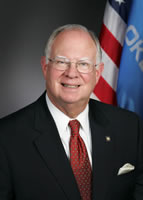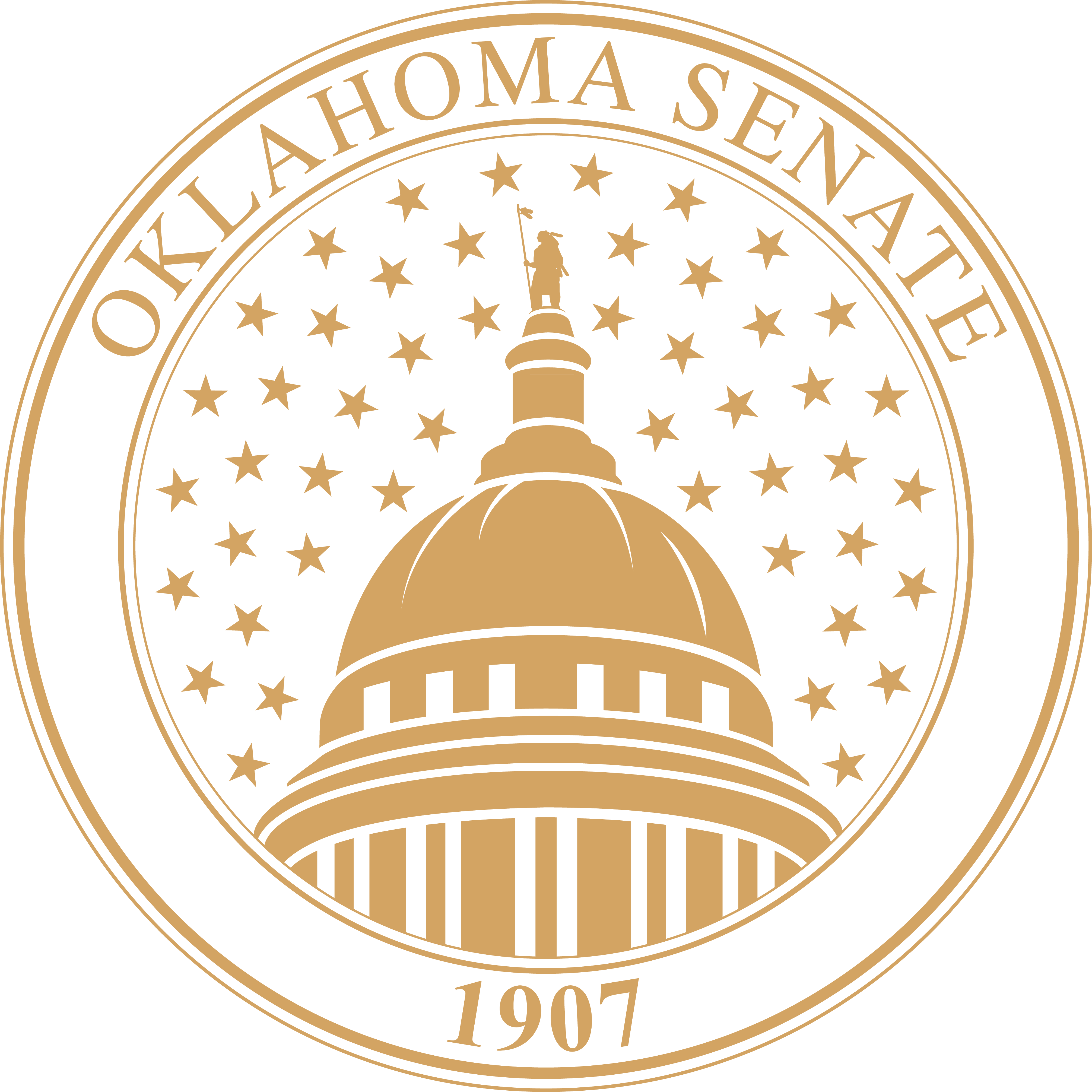Senate to vote Wednesday on bill dedicating additional $600 million for schools


Senate authors of a plan to increase public school funding by $600 million annually expect the bill to come up for a floor vote on Wednesday, one day before the deadline for consideration of House Bills. Sen. Jim Halligan, R-Stillwater, and Sen. John Ford, R-Bartlesville, have been working on changes to House Bill 2642, the Securing Educational Excellence Fund (SEEF).
Halligan, chair of the Senate Appropriations Subcommittee on Education, said concerns over slowing a program to address aging state roads and bridges resulted in the development of a new funding plan.
“The goal remains unchanged, which is to dedicate an additional $600 million for our schools that will produce tangible results in the classroom,” Halligan said. “We’ve spent much of this past month in talks with all the stakeholders to find a way to achieve our goal for education while ensuring our transportation infrastructure investments and timelines are still met.”
The plan calls for a dedicated appropriation of $30 million in the coming budget year, fiscal year 2015, which begins on July 1, 2014. That amount would then increase by $30 million each year through FY ’18. In FY ’19, the ROAD Fund will reach its statutory maximum of $575 million, freeing an additional $60 million which can then be dedicated to SEEF.
In order to address concerns about an additional off-the-top earmark, the plan includes triggers for the specified increases:
FY ’16 – ’18 funds would only be added if there is growth of at least one percent in General Revenue (GR).
FY ’19 – GR growth of one percent would trigger $30 million, two percent would trigger the full $60 million.
If GR funds decline, there will be no additional allocation to SEEF until the previous high in GR is exceeded.
Ford, Chair of the Senate Education Committee, said the increases would go through the state funding formula. He said the bill would require the State Board of Equalization to find that the funds are not supplanted, meaning they can’t take the place of previous appropriations. Furthermore, SEEF would not be used to address other specific needs, such as health insurance costs. He said those would be addressed through the regular appropriations process.
“We wanted to be sure that SEEF truly results in higher student achievement, reducing the need for college remediation—that requires more time in the classroom. Our latest figures show one additional day of instruction will cost about $22 million, so the bill mandates that for every $60 million, we’ll add a day of instruction,” Ford said. “Students will be able to learn more. As a result we’ll see more students complete high school, and they’ll be better prepared for their next step in life. This also should provide additional pay for teachers.”
Rep. Lee Denney chairs the House Appropriations and Budget Common Education Subcommittee and is the House author of HB 2642.
“I want to commend Senator Halligan and Senator Ford,” said Denney, R-Cushing. “They’ve devoted tremendous time and effort to creating a workable education funding plan. This legislation will result in a significant new investment in our classrooms, our students and our teachers.”
 Oklahoma Senate
Oklahoma Senate

